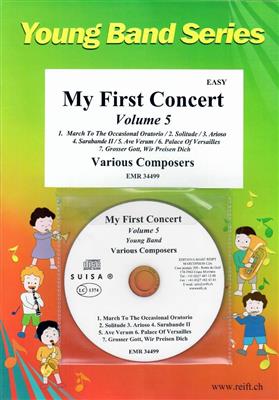We've found 1000 matches for your search
Results
-
 £79.30
£79.30My First Concert Volume 4
Estimated dispatch 7-14 working days
-
 £79.30
£79.30My First Concert Volume 5
Estimated dispatch 7-14 working days
-
 £79.30
£79.30My First Concert Volume 6
Estimated dispatch 7-14 working days
-
£279.70
Spartacus, first suite from the Ballet - Aram Il'yich Khachaturian
Estimated dispatch 7-14 working days
-
£88.40
First Acquaintance - J. Harvey
Estimated dispatch 7-14 working days
-
 £116.40
£116.40 -
 £73.60
£73.60Falcon's First Flight - Eduardo M. Brito
Estimated dispatch 7-14 working days
-
 £101.70
£101.70My First Chorus - John Briver
Estimated dispatch 7-14 working days
-
 £54.95
£54.95March from First Suite for Military Band - Gustav Holst
Estimated dispatch 7-14 working days
-
 £58.50
£58.50
